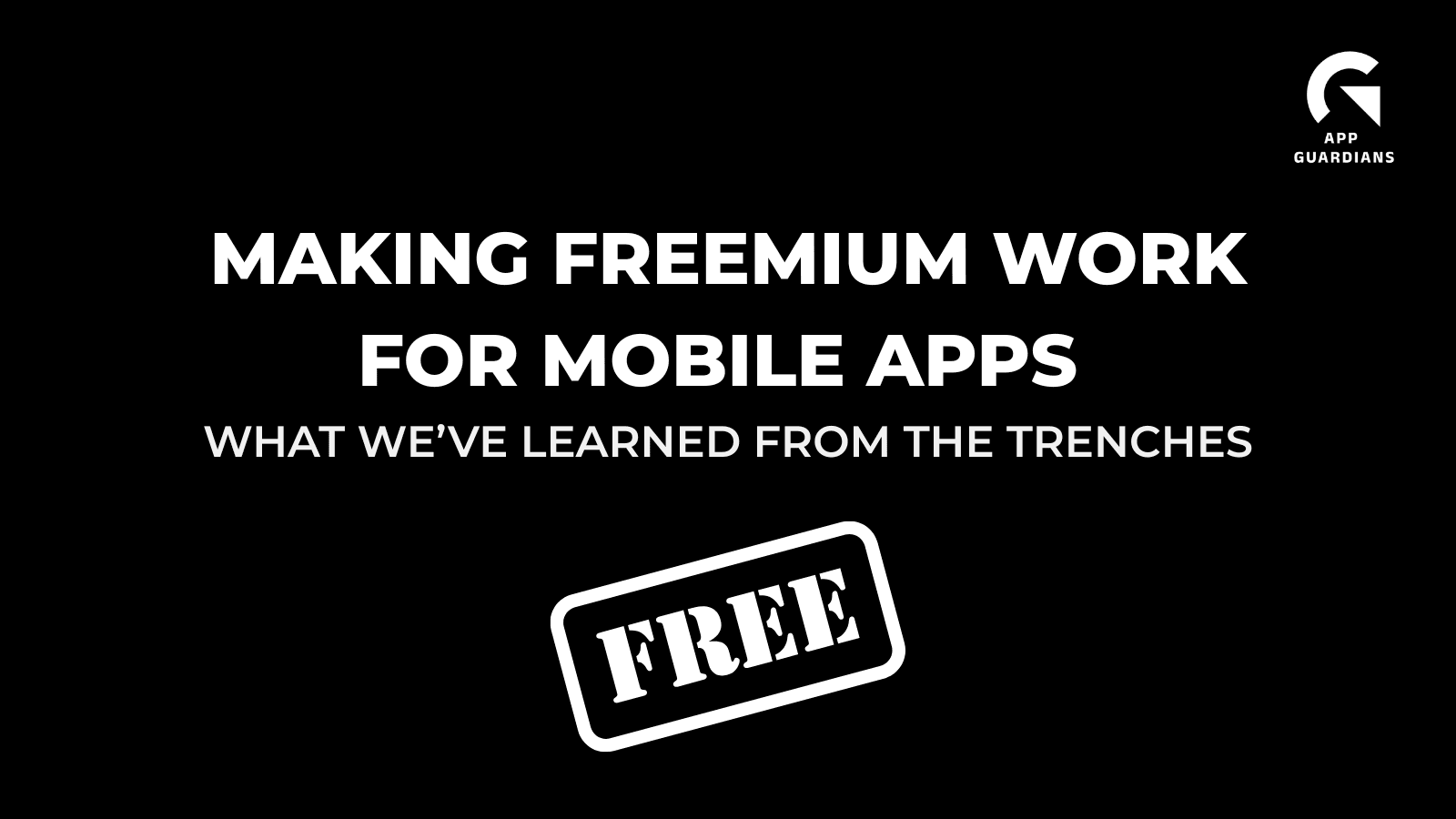Why Social Proof Works & 3 Effective Ways To Use it for App Growth
“I’ll have what he’s having.”
“Jump on the bandwagon.”
“Follow in her footsteps.”
All of these common sayings in some way reference the idea of “social proof” – which is not a new concept in marketing.
What exactly is social proof? It was first coined by Robert Cialdini in 1984 in his book, Influence. It’s a psychology-based idea that people follow the actions – or imitate the behavior – of others, especially of ones we admire or respect.
This makes sense, of course. It’s like when you notice that almost everywhere you look people are wearing white Converse sneakers – even noticing your favorite celebrities wearing them – and before you know it, you’re buying white Converse. It’s okay if you’ve “jumped on the bandwagon”; we all have.
It works the same way for mobile app growth and popularity. Word-of-mouth is still the most reliable form of advertising – and a version of social proof. When it comes to leveraging the social proof method to increase app downloads, there are a few ways to do this. Let’s take a look:
1. Add social proof to your screenshots
Expert ASO consultants agree that optimizing app store screenshots is an effective technique. So why not establish instant credibility to app store browsers by using social proof in your screenshots?

After leading with a screenshot that clearly communicates your USP (unique selling proposition), consider adding a social proof screenshot next. For example, adding logos of reputable media outlets that have recommended your product or a screenshot that shows the company logos of all the major brands that are using your app. This technique has shown amazing results – like over 90% increase in app downloads – not too shabby!
Shown on the right is an example of how Breethe, a leading sleep and mediation app, uses this technique by showing both the number of downloads (proof of their popularity) and by the logos of the most well-known media that have featured their product. They have chosen to use this as their very first screenshot.
If you’re a smaller app and don’t have the backing of well-known brands, you can use “borrowed credibility” – such as using an expert’s quote about your product. If you’re a children’s learning app, providing a quick quote from a child development PhD, for example.
2. Social proof through social media influencers
Let’s face it, you don’t have to be a major Hollywood movie star to have a lot of clout these days. In the era of Youtubers, Instagrammers and Snapchatters, there’s a vast pool of popular figures to choose from to develop an effective influencer marketing strategy.

If you have the budget for celebrity-level social media influencers, great! If you don’t, micro-influencers are a perfect way to encourage a lot of people to download your product at a low investment.
3. Focus your efforts on increasing positive ratings + reviews
Your app’s ratings and reviews (and lots of them!) have a huge impact on how download-worthy your product is perceived to be.
Thought process: ”If over 200,000 people find this app helpful, I probably will too.”
Right?

This is considered “user social proof” and deserves your focus and attention. Well-placed push notifications encouraging and making it as easy as possible for the user to leave a rating, is one way to help increase user feedback.
Just as important, reply to reviews that are left in the app store. Even if it’s a negative review, expressing understanding of the respondent’s less-than-5-star experience or addressing how the issue is being fixed, shows the user (plus the hundreds of other potential users who may be reading!) that you’re paying attention and committed to delivering a positive user experience.
With competition being as tough as it is app stores, the trick is to do whatever possible to stand out. Within the app store, a quick view of a screenshot – or number of downloads – that verifies your popularity/credibility/quality at-a-glance is a huge asset! The same with any PR push through blog reviews, influencers and any word-of-mouth style of marketing.
Keep these ideas in mind as you’re planning your growth and retention strategy. Even the smallest change can make a big difference, so keep testing and don’t be afraid to try new things (without breaking the bank)!
Related Articles
In today’s app economy, the “hard paywall or bounce” model is losing its edge. Users are savvier, competition [...]
Two major updates from Apple have landed — and if you work in app marketing, growth, user acquisition, [...]
The Digital Markets Act and the Digital Services Act are two major pieces of legislature brought forth from [...]










